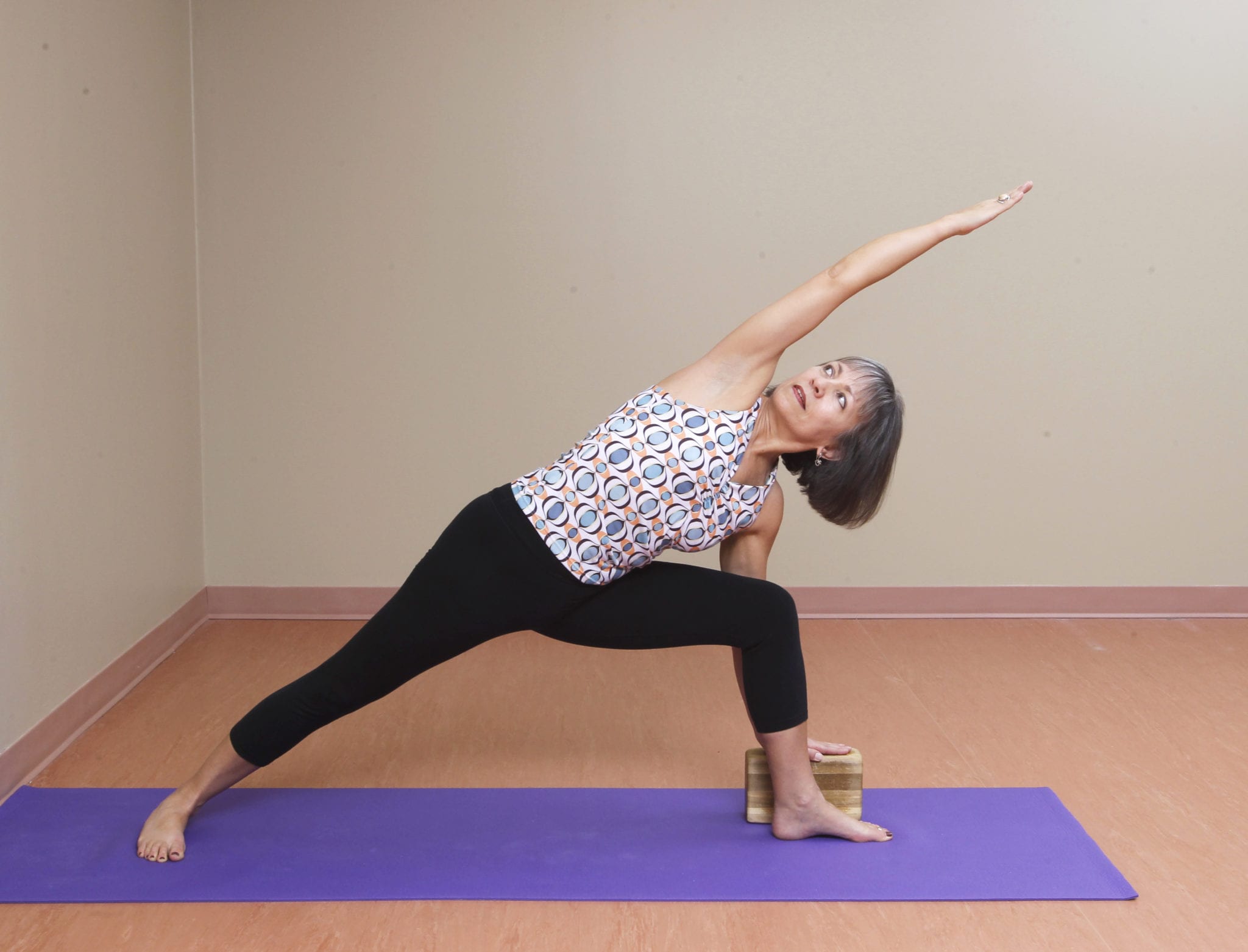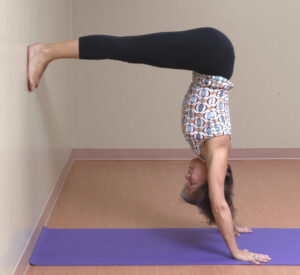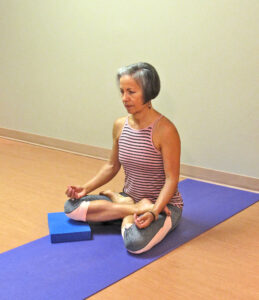Typically, students enter a yoga studio expecting to be taught how to perfectly do each of the many hundreds of asanas (or poses) which are currently part of the practice. And, unfortunately, many yoga studios set out to meet this goal of a picture-perfect practice. However, learning how to do each asana correctly is not what yoga is meant to teach us. Rather, each asana provides yoga students with an opportunity to feel and challenge the limiting behaviour and emotional patterns stored in their bodies. Thus, yogis are not learning to do poses, they are learning to undo what gets in the way of their asana practice and overall well-being.
The asana practice, as with the other seven limbs of yoga, allows us to learn about ourselves and reflect on what our capacity is in the present moment. In other words, yoga is not about building a perfectly aligned pose, but about building an intimate relationship with yourself. Frankly, correct alignment in a yoga asana, in our opinion, is a misguided notion with some yogis even agreeing “attention on alignment is a fool’s gold — the ultimate distraction in yoga, the thing that makes yoga more about exercise and less about self-inquiry.” If all we attend to is correct alignment, then we miss experiencing those sensations emerging as a result of expressing the asana.
Certainly, the yoga actions we illustrate in this column offer alignment principles for providing stability, space and safety — particularly to the beginning practitioner. However, if you were to witness the three of us in Goddess Pose, each of us expresses it differently and correctly based on our bodies’ capacities, limitations and alignment.
Alignment means finding an expression of an asana that is your safest expression for your body. And, by the way, with time and practise, this will change for you.
Yoga, as a self-discovery process, not only teaches you to gauge what works best for you, but also what to let go of when it loses its helpfulness. Because the same instructions are not always suitable for all bodies, any “alignment tips” outlined in the yoga actions below (such as stacking the knees above the ankles) need to be considered along with these questions — Does this action create more freedom in my body? Where does my mind go when I lose concentration? Is my breath in harmony with my mind and body?
We encourage you to keep an open mind as you explore different yoga actions and alignment instructions, as well as different styles of yoga. As you become better versed in your own practice and your relationship deepens with your breath, mind and body, your intuition will accurately guide your choices. Although you may discover some yoga poses inaccessible, you can still access yoga actions that may lead you into expressing those that are more challenging. Anchoring your mind on the yoga action and on your breath is, in itself, a meditation practice.
While exploring and engaging in the yoga action for stacking the bones, be sensitive to your entire body’s reaction.
Action: Stacking the Bones — Line the centre of your knees with your second toes. For more advanced practitioners, align your sits bones with your knees and second toes.
UTKATA KONASANA (Goddess pose)
Step your feet wide apart and turn your toes out to the “10 and 2 o’clock” position. Firming into the four corners of your feet, bend your knees and guide them in the direction of your feet. Draw your sits bones toward the floor. Hold for five to 10 breaths.

UTTHITA PARSVAKONASANA (Extended Side Angle pose)
Step your feet wide apart. Turn your toes of your back foot in slightly and, externally rotating on your front heel, ensure your whole front leg faces the short end of your mat. Inhale, press into the four corners of your feet. Exhale, bend your front knee and guide it in the direction of your toes and in line with your front ankle. Descend your front sit bone toward the floor until it is level with your knee. As your torso releases forward and your breastbone turns toward the ceiling, place your bottom hand on the floor for support and sweep your top arm over your head. Hold for five to 10 breaths. Repeat on the other side.

VIRABHADRASANA II (Warrior II pose)
Step your feet wide apart with your back into a wall, which will give you direct feedback of your alignment. Externally rotate on your front heel ensuring your whole front leg faces the short end of your mat. Inhale, press into your feet and lift your arms. Exhale, bend your front knee and guide it into alignment with your toes and ankle. Descend both sit bones toward the floor until they are level with — or slightly above — your knee. Hold for five to 10 breaths. Repeat on the other side.

MARICHYASANA III — standing variation (Standing Spinal Twist pose)
Place a chair against the wall and take Tadasana. Find the alignment in both legs. Bend your knee closest to the wall and place your foot onto the chair seat. Inhale to lengthen your spine; exhale and twist toward the wall. For support, place your hands into the wall. Maintain the alignment in both legs. Hold for 10 to 20 breaths. Repeat on the other side.
 Winnipeggers Helen Maupin (righttojoy.com) and Candace Propp (natureofcontentment.ca) are 500-hour certified yoga teachers and authors of the Creating Space: Yoga Actions book series. To purchase, visit here. For yoga teacher training with them and Stacy Schroder register at sereneyogastudio.com.
Winnipeggers Helen Maupin (righttojoy.com) and Candace Propp (natureofcontentment.ca) are 500-hour certified yoga teachers and authors of the Creating Space: Yoga Actions book series. To purchase, visit here. For yoga teacher training with them and Stacy Schroder register at sereneyogastudio.com.






